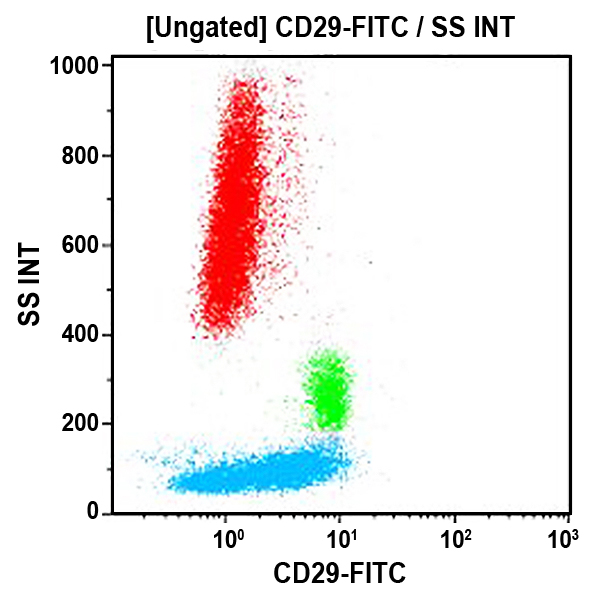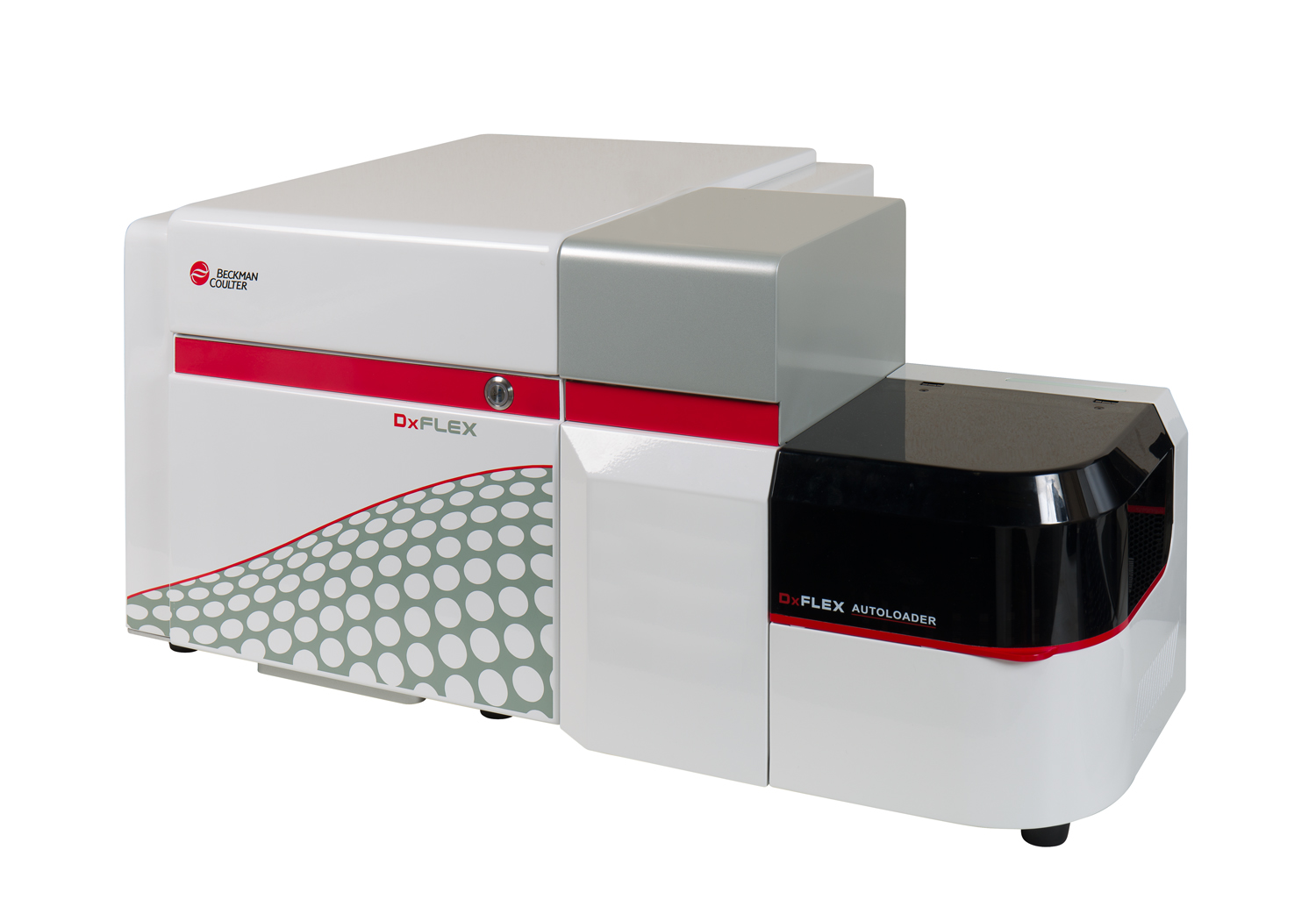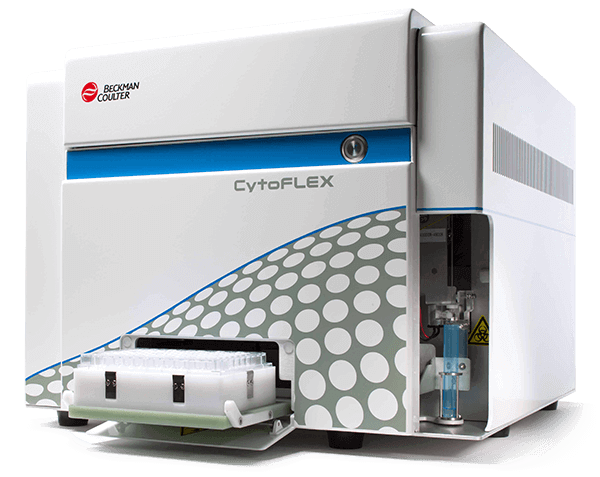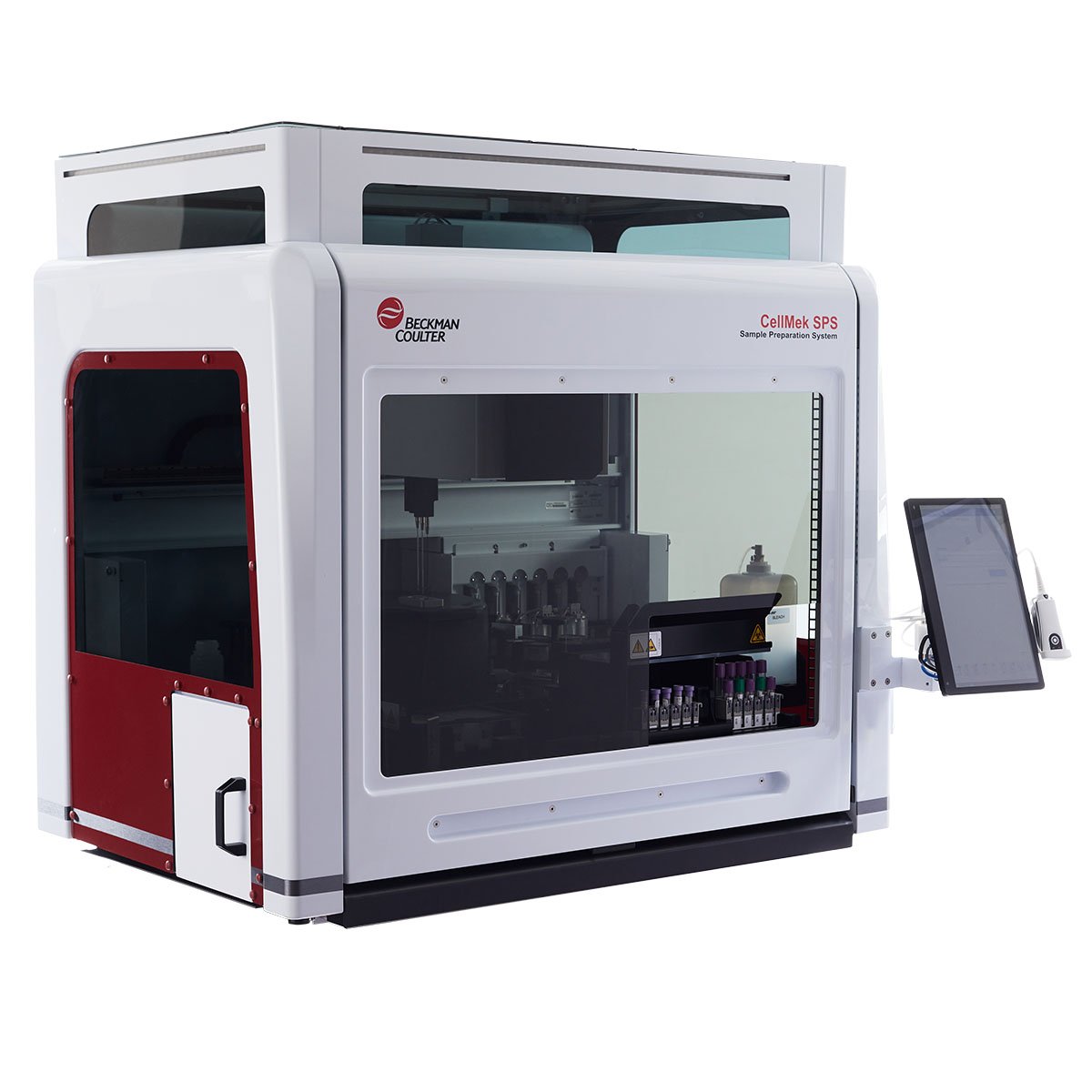CD29 Antibodies
The CD29 antigen is the 130 kDa integrin β1 chain which is expressed as a heterodimer, non-covalently associated with the integrin α subunits 1 to 6 (CD49a to CD49f) also known as Very Late Antigens (VLA). CD29 complexes are involved in cell-cell and cell-matrix adhesion, depending on the α subunit associated to CD29. CD29 is also known as platelet GPIIa. The antigen mediates cellular adhesion and has broad cellular reactivity, but is not expressed by erythrocytes. In normal peripheral blood it is found on a subset of CD4+ and CD8+ T lymphocytes, on a minority of B lymphocytes and on monocytes. The "inducer" subpopulation of CD4+ lymphocytes co-expresses CD4 and CD29.
| Clone: 4B4LDC9LDH8 (4B4) | Isotype: IgG1 Mouse |
| 4B4LDC9LDH8 is a blocking monoclonal antibody in CD29 mediated adhesion. This antibdy was used as CD29 reference monoclonal antibody during HLDA 6. | |
| Clone: K20 | Isotype: IgG2a Mouse |
| K20 is a non blocking monoclonal antibody in CD29 mediated adhesion. | |






